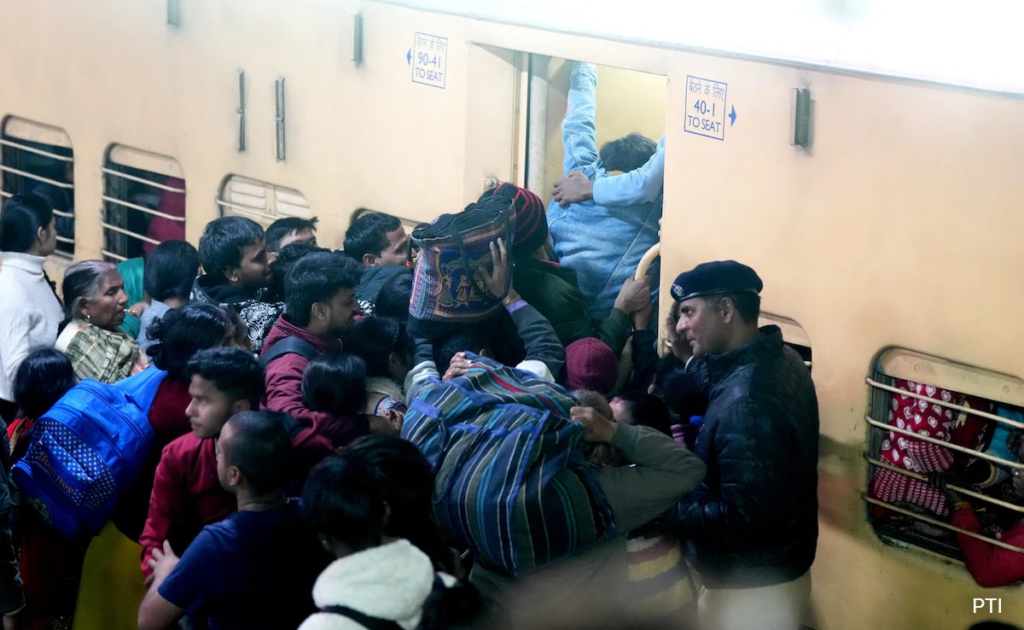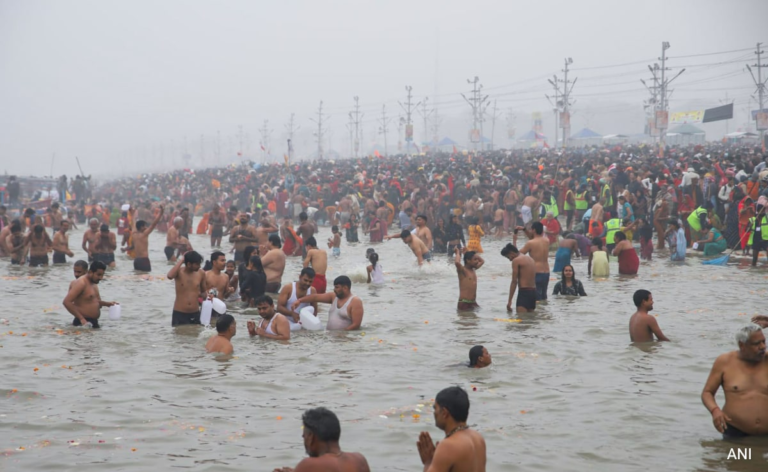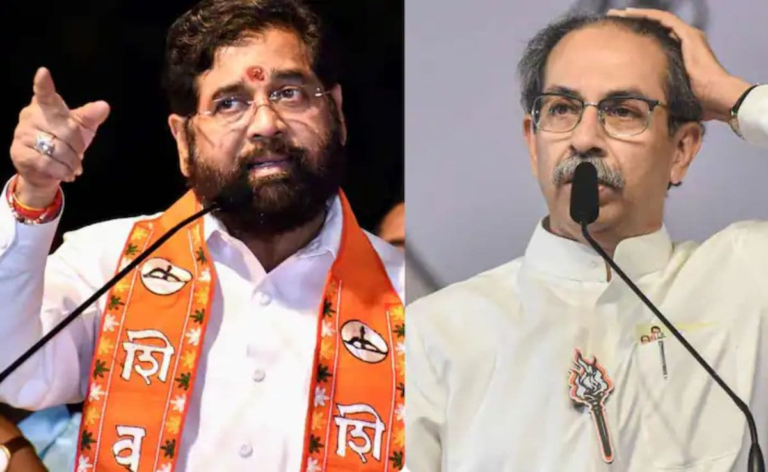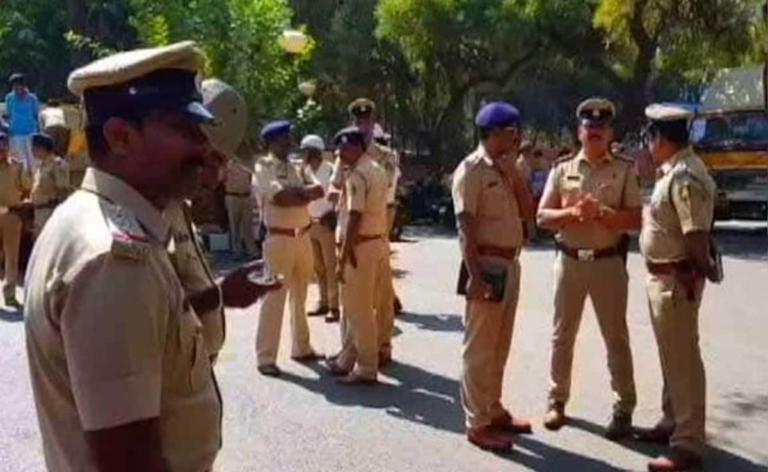
Three reactions after the stampede and deaths at Kumbh Mela.
I. Multiple news platforms: A stampede-like situation occurred at Kumbh…
II. Uttar Pradesh Chief Minister: Between 1 am to 2 am, at the akhara route where arrangements were made for the Amrit Snan of the akharas, some devotees crossed over the barricades and were critically injured. They were immediately rushed to hospital where treatment was promptly ensured.
III. BJP MP and former Union Minister in Parliament: There was a tragedy at the Maha Kumbh. An investigation is underway. We do smell a conspiracy there. When the entire investigation is complete, those behind the incident will have to hang their heads in shame.
Three reactions after the stampede and deaths at New Delhi Railway Station.
I. Government’s ‘favourite’ news agency, quoting Chief Public Relations Officer of Northern Railways: There is no stampede (at New Delhi Railway Station). It is only a rumour. Northern Railways was running two planned special trains (for Prayagraj).
II. BJP Party Spokesperson post on X: New Delhi railway station as of now (along with a 10 second video clip showing people walking normally in a station).
III. Railways Minister posts on X: Situation under control at New Delhi railway station (NDLS) Delhi Police and RPF reached. Injured taken to hospital. Special trains being run to evacuate sudden rush. 4 special trains to evacuate this unprecedented sudden rush at NDLS. The rush has now reduced.
The Union government’s standard operating procedure is to first underplay the tragedy. Next, subtly spread misinformation through friendly sections of the media. Then, try to deflect the blame. This pattern is visible even for rail accidents. Recall the Balasore tragedy in 2023, one of India’s deadliest train accidents, which led to 296 deaths. While on the subject of railways, here are ten points to ponder:
1. Nine out of ten non-suburban rail passengers travel in either second class or sleeper class. Only ONE out of ten non-suburban passengers travel in upper classes, including all air-conditioned classes.
2. Over the past decade, air-conditioned passenger capacity has grown by 190%, while second-class capacity has increased by only 15%.
3. Overcrowding in both trains and railway stations is a pitiful sight. Visuals shared on social media invariably show passengers sitting on the floor, squatting outside toilets or even hanging precariously from doors and windows.
4. The Union government’s pet vanity project is the Bullet Train. Consider this. Each kilometre of the Bullet Train costs approximately Rs 200 crore to construct. Compare that with a Dedicated Freight Corridor (DFC). A DFC transports commodities like sabzi, chawal. Cost of construction: Rs 25 crore per kilometre. What should be the priority?
5. No one is making this up! The Union government actually installed selfie booths in railway stations with Prime Minister Modi’s life-size models, at a cost of Rs 6 lakh each.
6. In the last ten years, there have been 678 consequential train accidents, resulting in 748 deaths. Out of the 217 consequential accidents between 2017-21, 75% (163) accidents were due to derailments.
7. The KAVACH safety system has been deployed on just 1500 route kilometre, accounting for only 2% of Indian Railways’ total 68,000 route kilometre.
8. 58,000 Group C vacancies were notified last year. Of these vacancies, three fourths were classified under the category – ‘safety’.
9. From 2017, the BJP government stopped the practice of a separate Railway Budget and subsumed it into the General Budget. In the Finance Minister’s hour-long Budget speech this year, the word Railways was mentioned just thrice, that too in relation to foreign goods. Not a word about railway safety.
10. The capital expenditure outlay for Railways in this year’s Budget has been pegged at Rs 2.6 lakh crore, the same as the Budget estimates of the earlier year. Funds should have been increased to bolster the safety and security of passengers.
The Indian Railways must strike a balance between commercial viability and social responsibility. As your columnist said in Parliament: “Railways constitute the infrastructure for the fundamental right of every Indian citizen to move safely from point A to point B.”
Securing the lives of 650 crore passengers is a full-time job. A part timer will never be able to keep track.
Additional research: Ayashman Dey
(Derek O’Brien, MP, leads the Trinamool Congress in the Rajya Sabha)
Disclaimer: These are the personal opinions of the author




